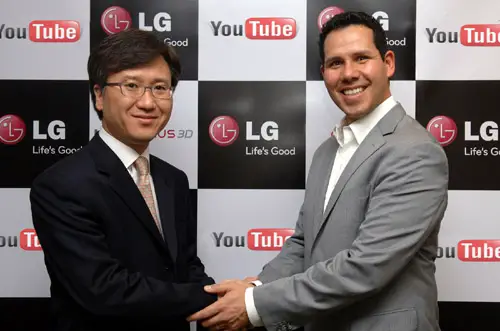
The decision will be famously remembered as the time Nokia jumped off what its CEO called a “burning platform” to reverse the company’s downward spiral in the phone market.
It was a radical but necessary move for Nokia. Although the company is still the world’s top seller of phones, its market share is rapidly declining in the wake of more modern handsets offered by Google and Apple, which are iterating and expanding their mobile platforms at blazing speeds.
“Nokia and Microsoft will combine our strengths to deliver an ecosystem with unrivaled global reach and scale,” said Stephen Elop, Nokia’s CEO. “It’s now a three-horse race.”
The benefits are obvious: Nokia gets brand-new phone software to replace the broken, outdated Symbian OS. And Microsoft, which has seen only tepid Windows Phone 7 sales so far, gets the huge springboard offered by Nokia and its enormous customer base.
But if executed poorly, the new partnership will be a fruitless effort to catch up: a failure for both companies.
“Out of the fire and into the water,” said Michael Gartenberg, a Gartner analyst. “Now what? Next step is to get out of the frigid waters before the sharks eat you.”
Both Nokia and Microsoft have their work cut out for them. Here’s what they have to do if they ever hope to stand a chance.
Ship a Product, Fast
Nokia said 2011 and 2012 would be “transition” years, in which Symbian will gradually be phased out, and it won’t be until 2012 that a large number of Nokia Windows phones will ship.That seems too late. By 2012, Apple and Google will probably be shipping devices with substantially more powerful processors and features than the phones we’re familiar with today.
If Nokia and Microsoft hope to catch up, they have to ship sooner.
“They have to ship,” Gartenberg said. “That’s what it’s all going to come down to. The market is moving at such a rate and pace that they’ve got to execute against this very, very quickly.”
Differentiate
Not only do Microsoft and Nokia have to ship fast, they have to ship a compelling product that stands out from the rest of the phones licensing Windows Phone 7, along with the huge crop of Android devices, not to mention Apple’s iPhone.Manufacturers shipping Android devices continue to make their hardware stand out with muscular features such as dual-core processors and even dual screens. What will Microsoft and Nokia do to compete? They’ll probably have to offer several hardware variations — something Nokia’s pretty good at — and Windows Phone 7 needs some exclusive killer apps.
Cultivate Developers
In the past week, many Symbian programmers and fans have expressed outrage over the switch to Windows. It’s like their world has fallen apart, and they feel betrayed.“That’s it! After 15 years using Nokia, it’s time to move on,” a commenter posted on The Nokia Blog. “I will go for Android. Sorry Nokia, it is my long- and short-term strategy from now on. I don’t believe one single word of what Nokia says anymore.”
That’s not good: the Nokia developer community was instrumental to Nokia’s early success. Nokia and Microsoft will have to exert every effort to retain and recruit programmers to make apps for the Nokia Windows Phone platform. They need to treat programmers like gods.
It’s a good sign already that Microsoft has been extremely amicable with Windows Phone 7 developers, handing them free phones and even t-shirts whenever they get involved. They should extend that effort to Symbian and Nokia developers.






 5:59 PM
5:59 PM
 Simranpal SIngh
Simranpal SIngh












